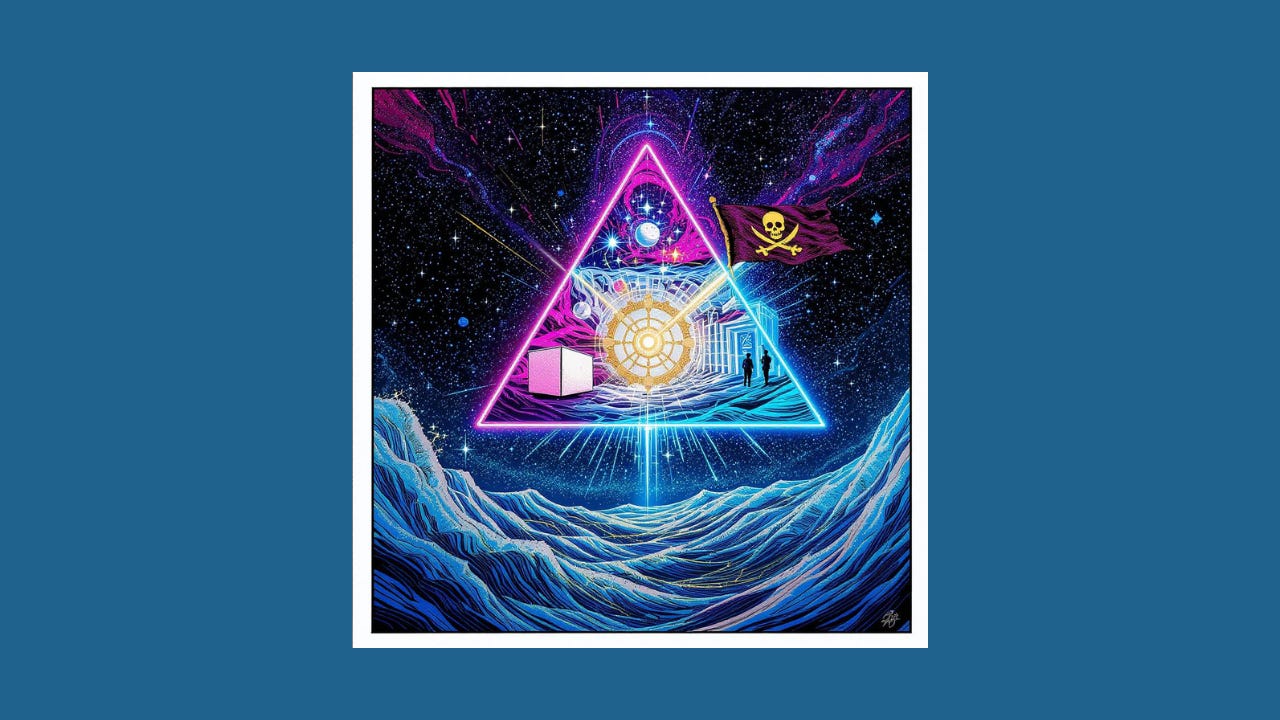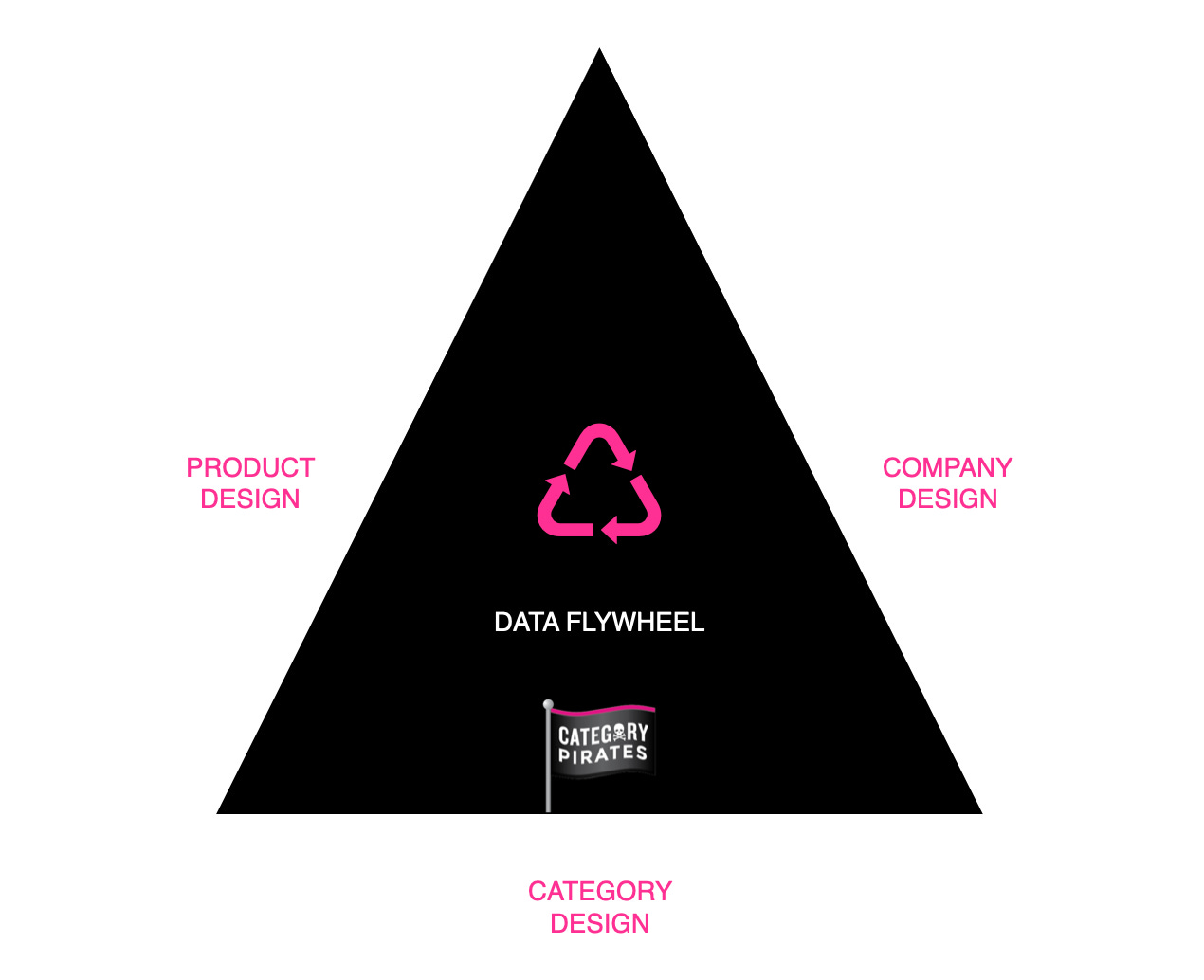How to apply the magic triangle, with examples from DoorDash and Tesla
See how these Category Kings synchronized product, company, and category design.
This is a 🏴☠️ Founding Members–Only 🏴☠️ post. Founding Members get access to our private AI Librarian, actionable insights, full audiobook library, access to 100+ mini-books, and more. See the Founders Deck here
Dear Friend, Subscriber, and Category Pirate,
This founder’s post will show you how Category Kings prosecute The Magic Triangle.
We get a lot of questions about how to apply The Magic Triangle to product, company, and category design. All three sides are important. But when you don’t have clarity on the category, no amount of product-tweaking or business-model-banging is going to make a difference.
So we’re sharing a few examples to explain how it works.
The Magic Triangle
The Magic Triangle has three sides: product design, company design, and category design.
Product Design: The purposeful building of a product and experience that solves the problem the category needs solved. The goal here is “product/category fit.”
Company Design: The purposeful creation of a business model and an organization with a culture and point of view that fits with the new category. The goal here is to engineer the right business model and missionary team for the problem you are looking to solve.
Category Design: The mindful creation and development of a new market category, designed so the category will pull in customers who will then make the company its King. This is about teaching the world to abandon the old and embrace the new.
All three sides work together and balance each other to exert great force on a company’s success and value.
When entrepreneurs successfully prosecute this Magic Triangle, they change the world.
The big question is, “How?”




